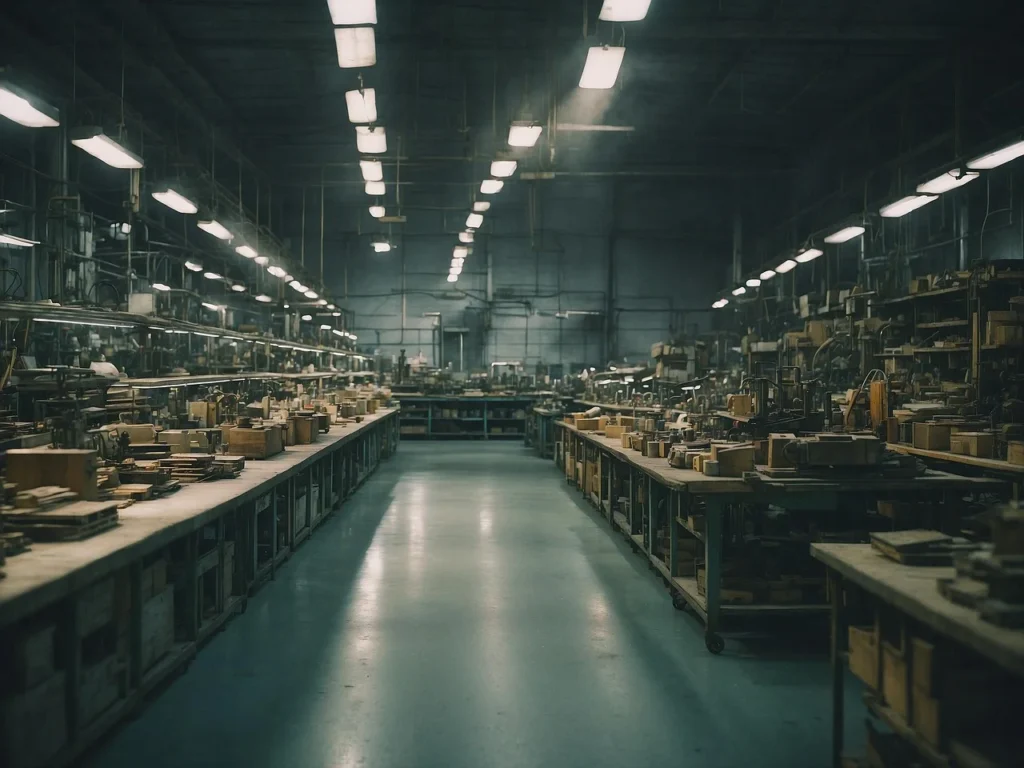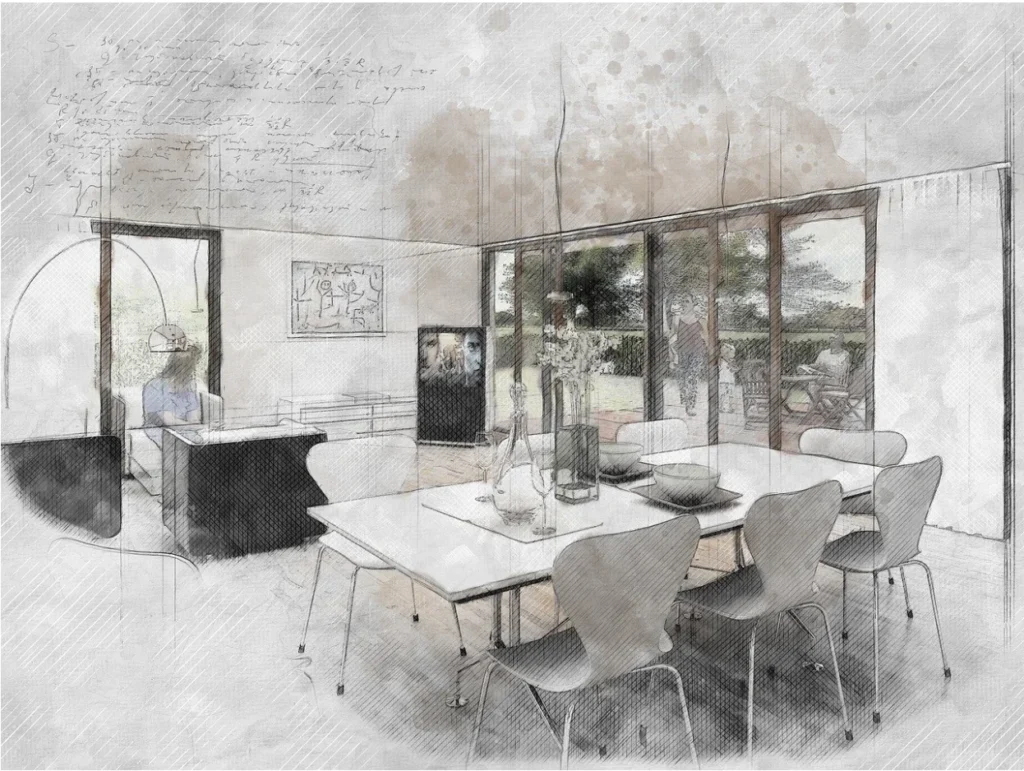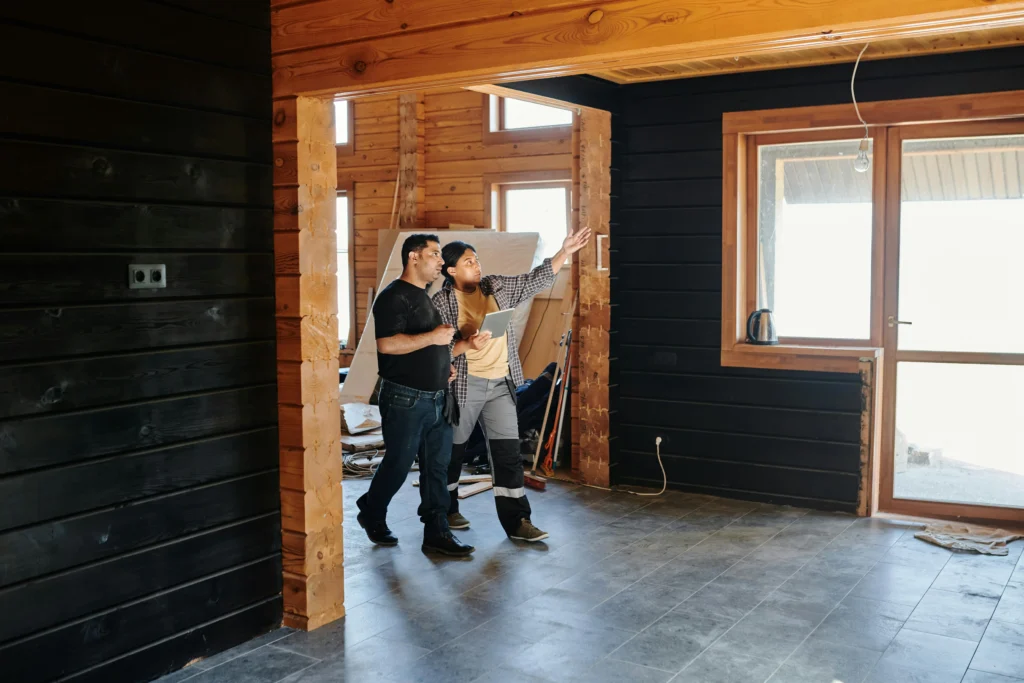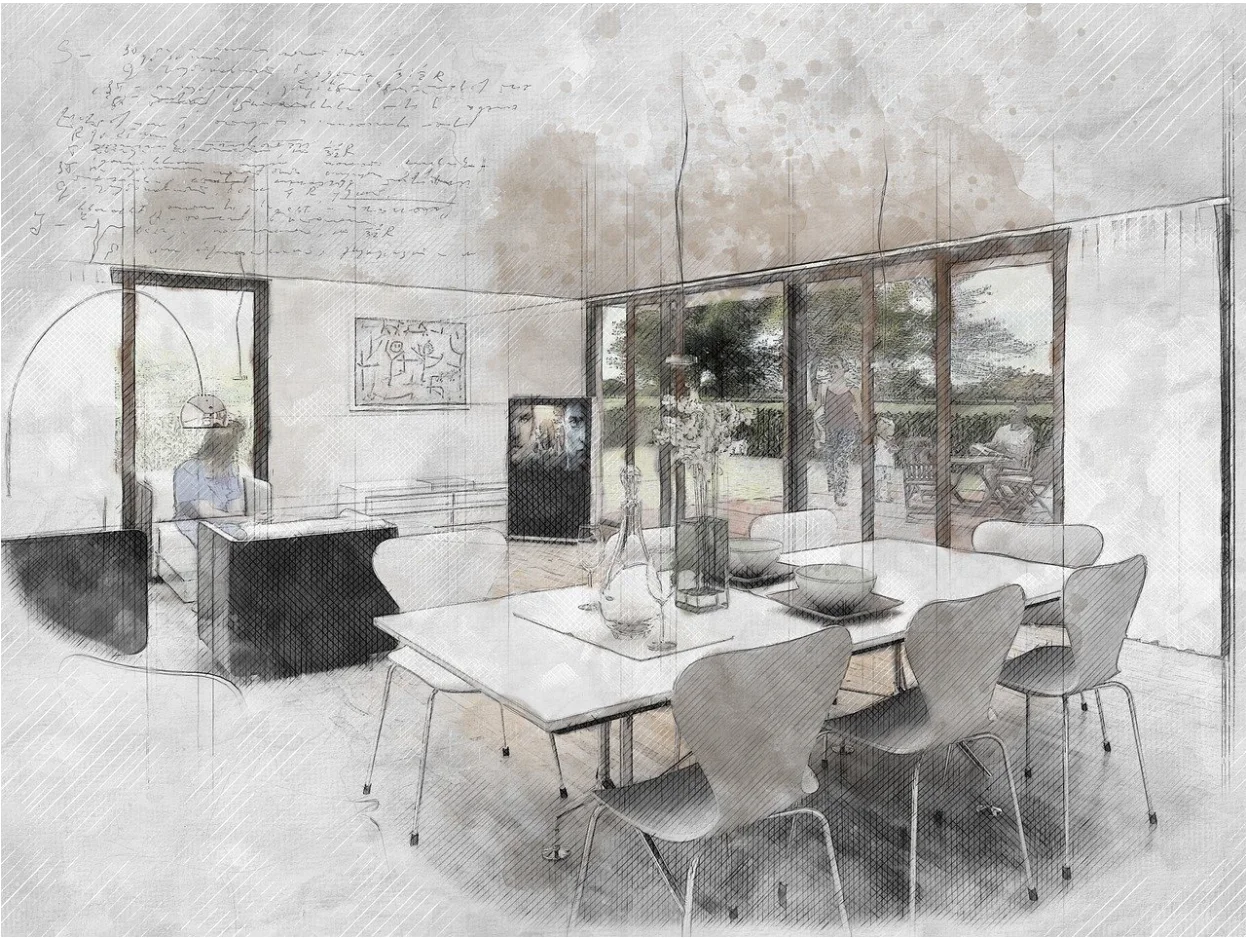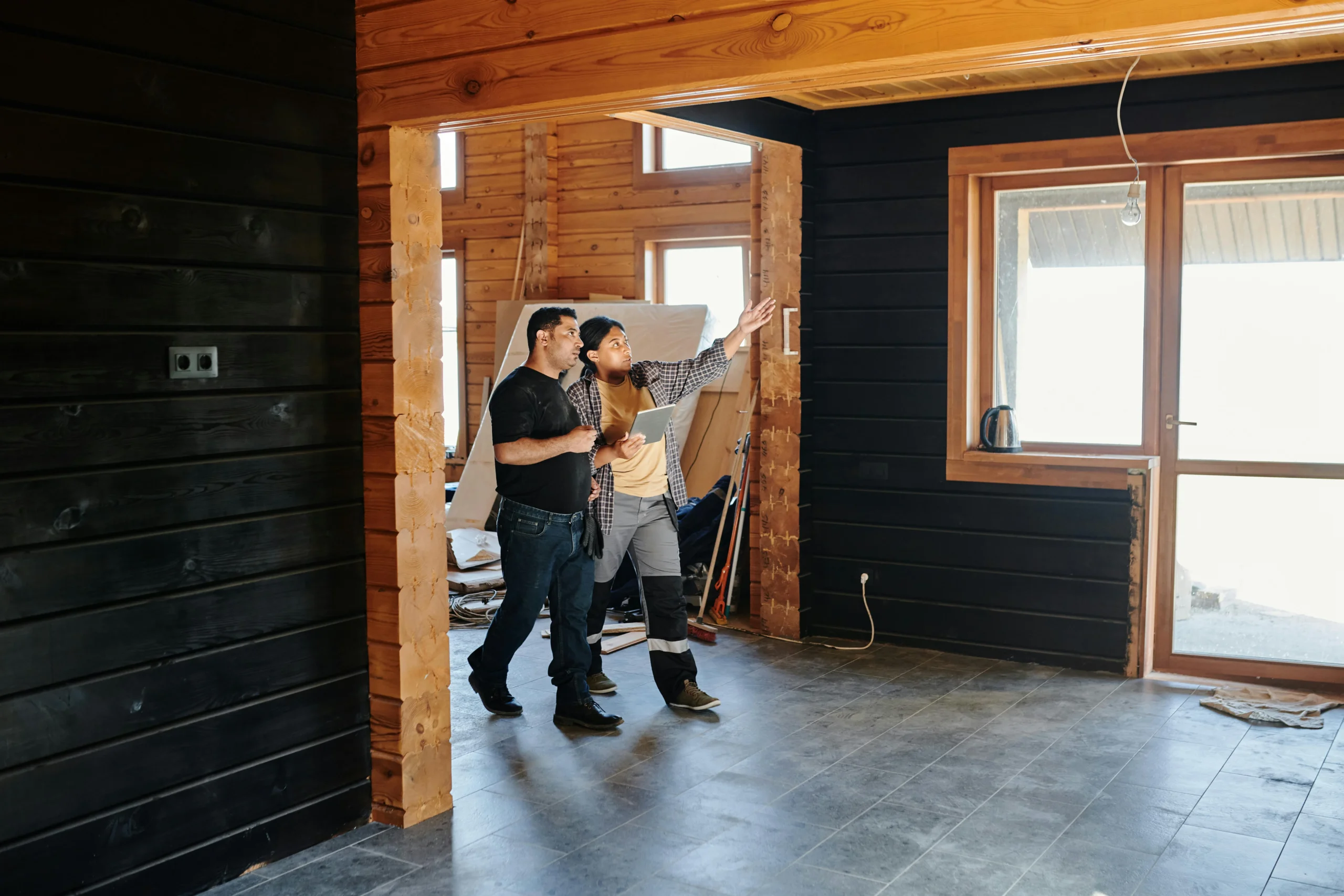In the ever-evolving landscape of construction and real estate development, the choice between traditional building methods and prefabrication has become a pivotal consideration for developers, contractors, and investors alike. As the demand for innovative, cost-effective, and sustainable solutions grows, understanding the nuances of prefabrication versus traditional construction is essential. This blog post will delve into the feasibility and cost-effectiveness of prefabrication, the flexibility and customization options it offers, its sustainability benefits, and how it can expedite project timelines.
Evaluating Project Feasibility and Cost-Effectiveness
Before embarking on any construction project, the feasibility of different methods must be thoroughly evaluated. Prefabrication, or prefab, involves constructing components of a building off-site in a controlled environment before transporting them to the site for assembly. This method can lead to significant cost savings, but it requires careful consideration of several factors.
First, it’s essential to conduct a comprehensive cost analysis. While the initial investment in prefabricated materials may appear higher, various factors can offset these costs. For instance, reduced labor expenses, shorter project timelines, and decreased waste generation can lead to overall savings. Additionally, prefabrication often results in fewer weather-related delays, which can further mitigate costs.
Moreover, consider the specific needs of your project. If your project involves complex designs or high levels of customization, traditional construction methods may be more suitable. However, for projects with standardized designs, prefabrication can provide a cost-effective solution. Engaging with modular factory owners early in the planning process can help clarify the potential benefits and limitations of prefabrication for your specific project.
Flexibility and Customization Options
One of the most significant advantages of traditional construction methods is the flexibility they offer. Traditional building allows for real-time adjustments and modifications during the construction phase, which can be crucial for accommodating unforeseen challenges or client requests. However, prefabrication has evolved to offer a surprising degree of flexibility and customization, challenging the notion that it is a one-size-fits-all solution.
Modern prefabrication techniques allow for a variety of designs and configurations. From modular homes to commercial buildings, manufacturers can create bespoke components tailored to specific project requirements. The key is to collaborate closely with the modular factory to ensure that the design aligns with your vision while still leveraging the efficiencies of prefab construction.
Additionally, prefabrication can provide a more streamlined process for projects with repetitive elements, such as multi-family housing developments or commercial spaces. By standardizing components, developers can achieve economies of scale, reducing costs and expediting timelines. However, if your project requires unique features or intricate designs, traditional construction may still be the best route to ensure the desired level of customization.
Analyzing Sustainability Benefits
In today’s construction landscape, sustainability is not just a buzzword; it is a fundamental consideration for developers and investors. The environmental impact of construction methods is under increasing scrutiny, and prefabrication offers several sustainability advantages that can align with your project goals.
One of the primary benefits of prefabrication is the reduction of waste. Traditional construction sites often generate significant amounts of debris, resulting in environmental harm and increased disposal costs. In contrast, prefabrication occurs in a controlled environment, allowing for better material management and waste reduction. Manufacturers can optimize material usage, recycle excess components, and minimize the carbon footprint associated with transportation.
Furthermore, prefabricated buildings are often designed with energy efficiency in mind. Many modular factories incorporate sustainable materials and practices, which can lead to lower energy consumption and reduced operational costs over the lifespan of the building. For developers looking to enhance their sustainability credentials, incorporating prefabricated elements can be an effective strategy.
However, it’s essential to evaluate the entire lifecycle of the building. Consideration should be given to the sourcing of materials, the environmental impact of transportation, and the long-term sustainability of the building’s operation. Engaging with sustainability experts during the planning phase can help ensure that your project aligns with best practices in environmental stewardship.
Assessing Project Timelines
Time is often a critical factor in construction projects, and the ability to expedite completion can significantly impact a project’s overall success. Prefabrication has gained popularity in recent years largely due to its potential to accelerate project timelines.
In traditional construction, delays can arise from various sources, including weather, labor shortages, and material supply chain disruptions. Prefabrication mitigates many of these risks. Since components are built off-site, construction can continue regardless of weather conditions, and the controlled environment of a factory can lead to faster production times.
Moreover, the assembly process of prefabricated components is typically quicker than traditional building methods. Once on-site, the modules can be erected in a fraction of the time it would take to construct a building from the ground up. This expedited timeline can be particularly advantageous for developers looking to bring projects to market quickly.
However, it’s essential to plan meticulously. While prefabrication can shorten construction timelines, it requires careful coordination between design, production, and assembly. Early engagement with all stakeholders, including architects, engineers, and modular factory owners, is crucial to ensure that the project stays on track and within budget.
Conclusion
The decision to choose between prefabrication and traditional construction methods is multifaceted and requires careful consideration of various factors, including feasibility, cost, flexibility, sustainability, and timelines. While prefabrication offers significant advantages in terms of cost-effectiveness, waste reduction, and expedited project completion, it may not be suitable for every project, particularly those requiring high levels of customization.
As real estate developers, general contractors, and private equity firms navigate the complexities of modern construction, understanding the strengths and limitations of each method will empower them to make informed decisions. Ultimately, the right choice will depend on the specific needs of each project, and engaging with experts in the field can provide valuable insights to guide this critical decision.
Key Takeaways:
- Conduct a comprehensive cost analysis to evaluate the feasibility of prefabrication.
- Consider the flexibility and customization options of both traditional and prefab methods.
- Analyze sustainability benefits, including waste reduction and energy efficiency.
- Assess project timelines and how prefabrication can expedite completion.
- Collaborate with experts to ensure the chosen method aligns with project goals and requirements.
In the end, whether you choose to prefab or not, staying informed about the latest trends and innovations in construction will position you for success in your next project.

